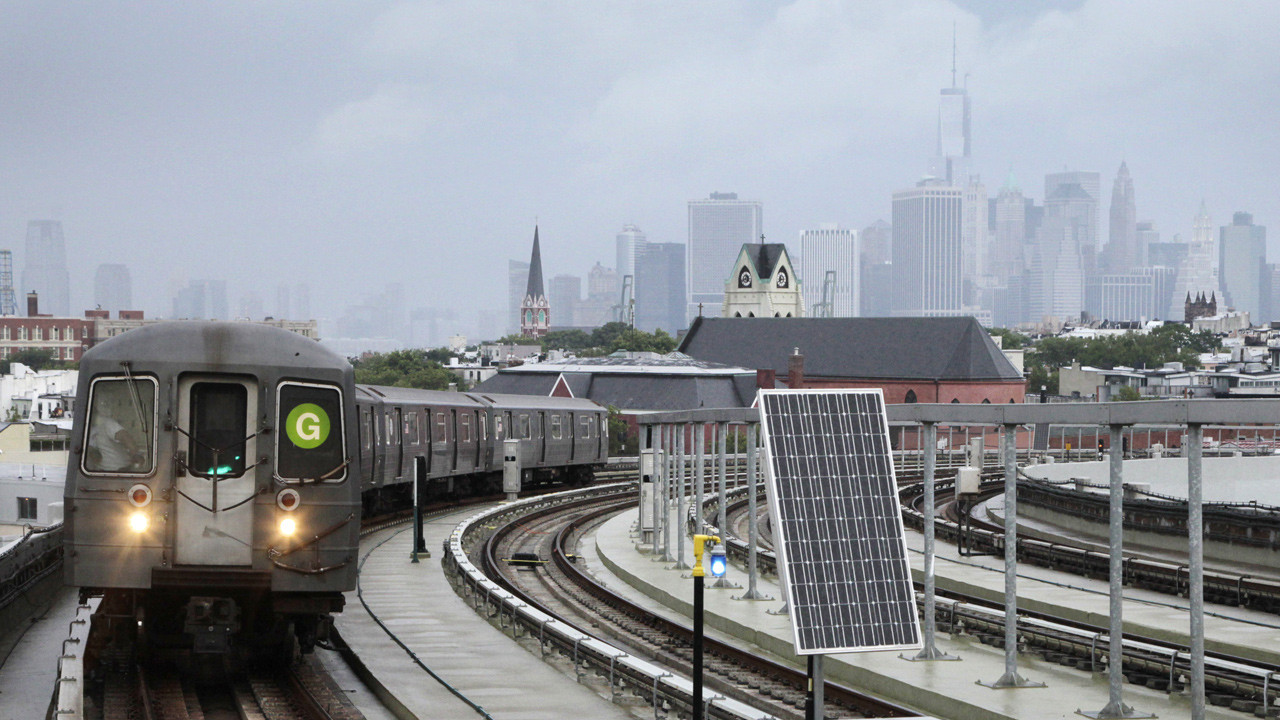The Metropolitan Transportation Authority (MTA) has initiated a groundbreaking safety pilot program at the 191st Street Station in Washington Heights, Manhattan, marking a significant step towards enhancing commuter safety within the subway system. Platform barriers have been installed at this No. 1 train station, making it the inaugural location in a program designed to assess the feasibility and effectiveness of wider barrier implementation across the city’s vast subway network.
This proactive measure underscores the MTA’s commitment to exploring innovative solutions for subway safety. “This initiative reflects our dedication to finding creative and practical methods to bolster safety,” stated MTA Chair and CEO Janno Lieber. He commended the New York City Transit professionals for their ingenuity in developing a tangible approach to elevate both the perceived and actual safety within the subway environment. The program remains in its experimental phase, with meticulous monitoring planned to ascertain the barriers’ success in preventing track intrusions without disrupting passenger flow.
The urgency for enhanced safety measures is underscored by the sobering statistic that, annually, over 75 lives are lost on subway tracks. These tragic incidents stem from various causes, including intentional acts, accidental slips, and, as tragically exemplified by the case of Michelle Go in 2022, fatal pushes.
This pilot program emerges from the MTA’s sustained efforts to address track safety concerns, spurred by a report highlighting a concerning 20% surge in track incidents, encompassing falls and pushes, between 2019 and 2021, even amidst reduced ridership during the pandemic.
Manhattan Borough President Mark Levine lauded the initiative, stating, “Identifying effective methods to decrease the number of riders falling or being pushed onto subway tracks is paramount. I commend the MTA for launching this pilot program, a relatively swift and straightforward approach to augment platform safety. I eagerly anticipate feedback from 191st Street 1 train riders regarding the practical functionality of these railings.”
Positioned along the platform edge, adjacent to the yellow warning strip, the barriers are strategically placed to avoid obstructing subway car doors during passenger entry and exit. While acknowledging that the alignment isn’t always seamless due to variations in subway car door placements, and that determined individuals might still bypass them, the barriers hold significant potential to mitigate risks for the majority of commuters.
The installation at 191st Street station saw the uptown platform equipped on January 19th, followed by the downtown platform on January 20th.
 New York City Subway Train Entering Station. Platform safety enhancements are being piloted at stations like 191st Street to improve passenger security and reduce track incidents.
New York City Subway Train Entering Station. Platform safety enhancements are being piloted at stations like 191st Street to improve passenger security and reduce track incidents.
Veteran Transportation Engineer, “Gridlock Sam” Schwartz, hailed the initiative as a “terrific move by the MTA to enhance both passenger safety and the sense of security.” He affirmed his personal reassurance in standing behind these barriers wherever they are implemented.
Initial reactions from commuters at 191st Street station have been positive, with several expressing optimism about the barriers’ potential to enhance their travel safety. One rider commented, “I think it’s a great idea… I already instinctively position myself behind pillars for safety, so these barriers logically extend that preventative measure.”
Looking ahead, the MTA is also exploring more advanced solutions like sliding doors, similar to those used on the JFK AirTrain. However, these are deemed considerably more expensive and less practical for widespread deployment compared to the relatively low-tech and cost-effective gates being piloted.
The 191st Street station platform barrier project was realized through the reallocation of existing maintenance resources and the utilization of in-house labor and materials, highlighting a resourceful approach to enhancing safety infrastructure.
The MTA has committed to a thorough data review from the 191st Street pilot program to evaluate its efficacy and inform decisions regarding potential expansion to other stations, signaling a data-driven approach to enhancing subway safety across the city.
